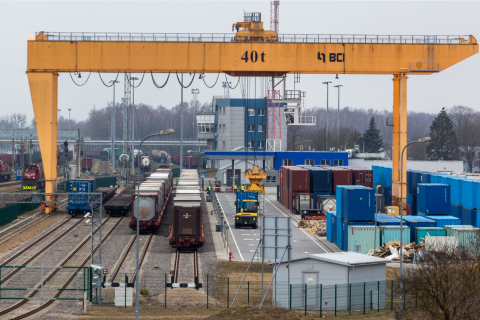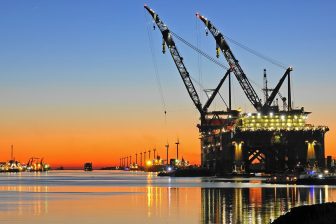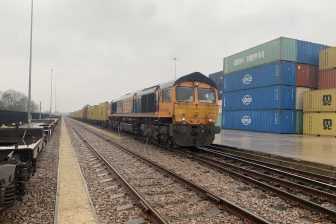
LTG Infra will manage Lithuanian Railways terminals from now on
Image: Lithuanian Railways
The Lithuanian rail infrastructure manager LTG Infra will be responsible for managing and developing the country’s rail freight terminals starting from 1 June. This is a decisive step for the Lithuanian Railways (LTG Group) which sees intermodal transport growing and needs an efficient approach to manage the situation.
Do you want to read the full article?
Thank you for visiting RailFreight.com. Become a member of RailFreight Premium and get full access to all our premium content.
Are you already a member?
Having problems logging in? Call +31(0)10 280 1000 or send an email to customerdesk@promedia.nl.




